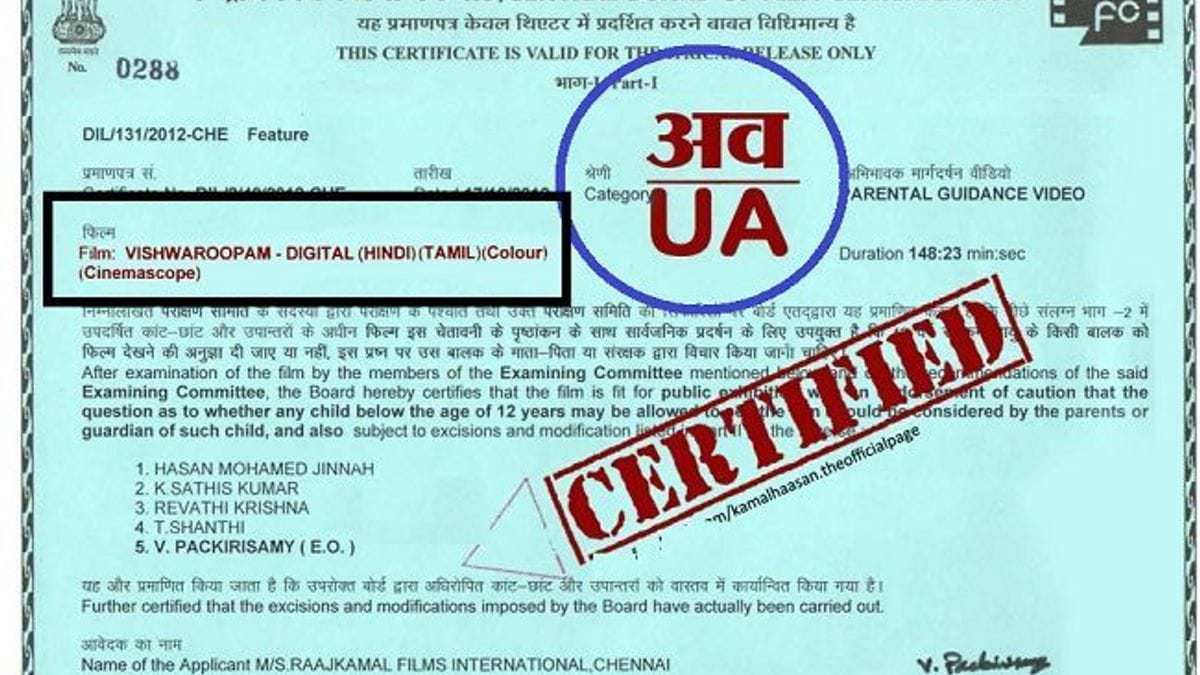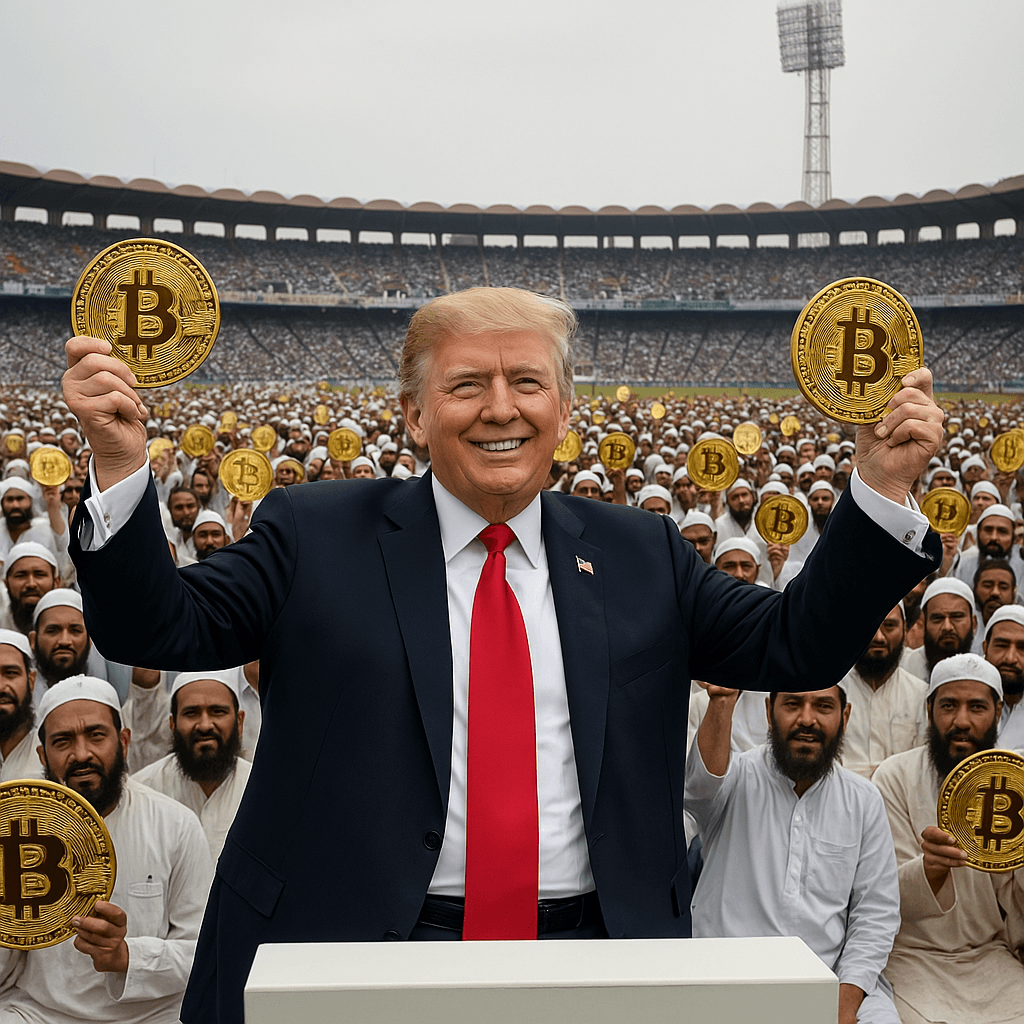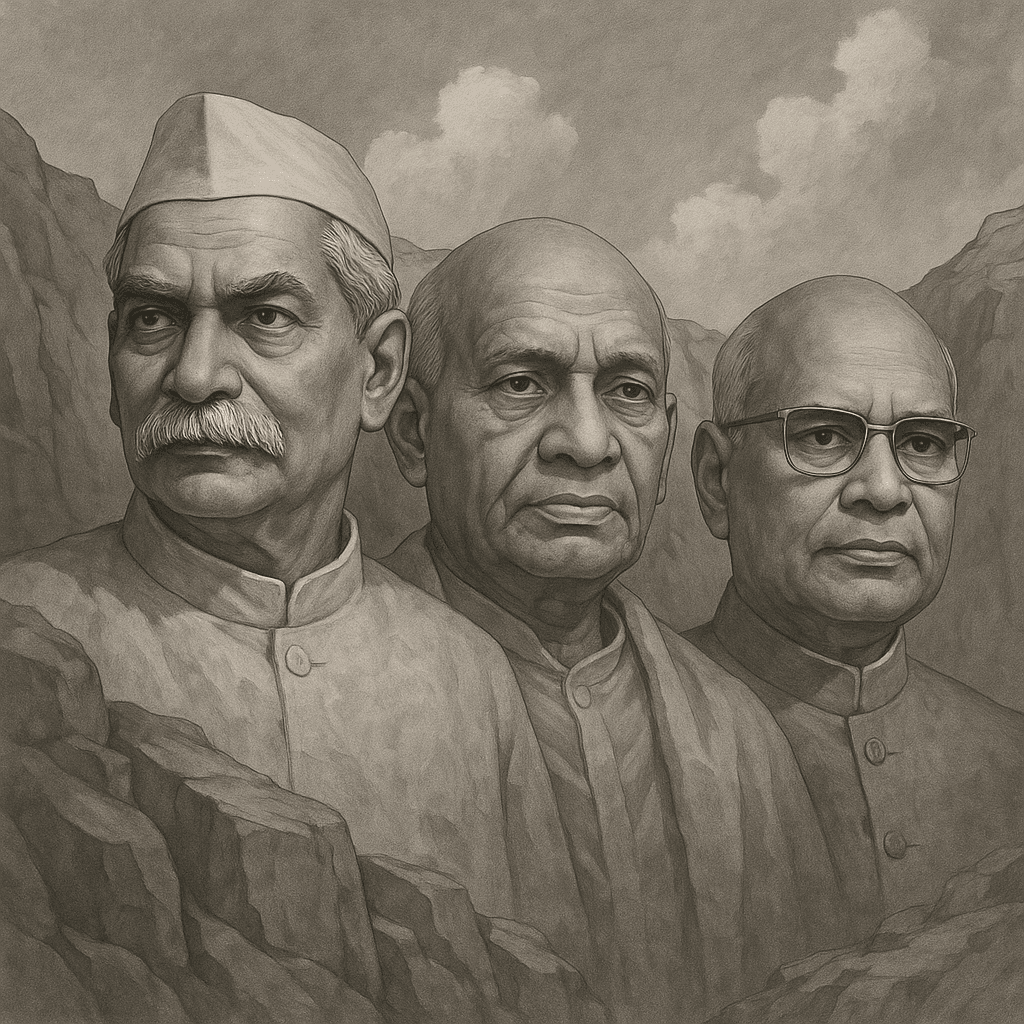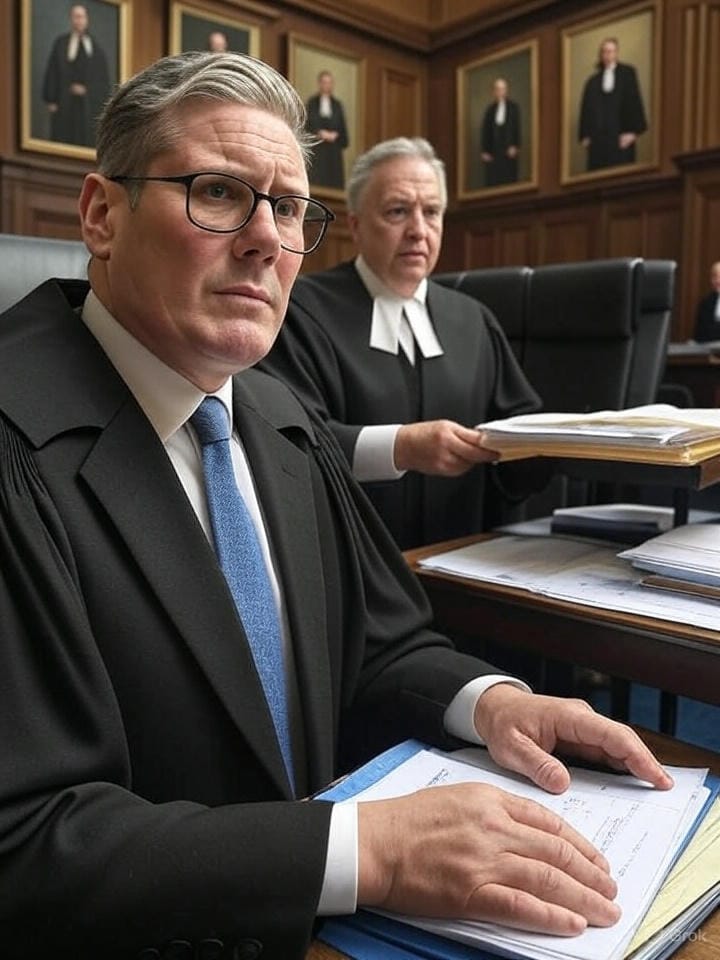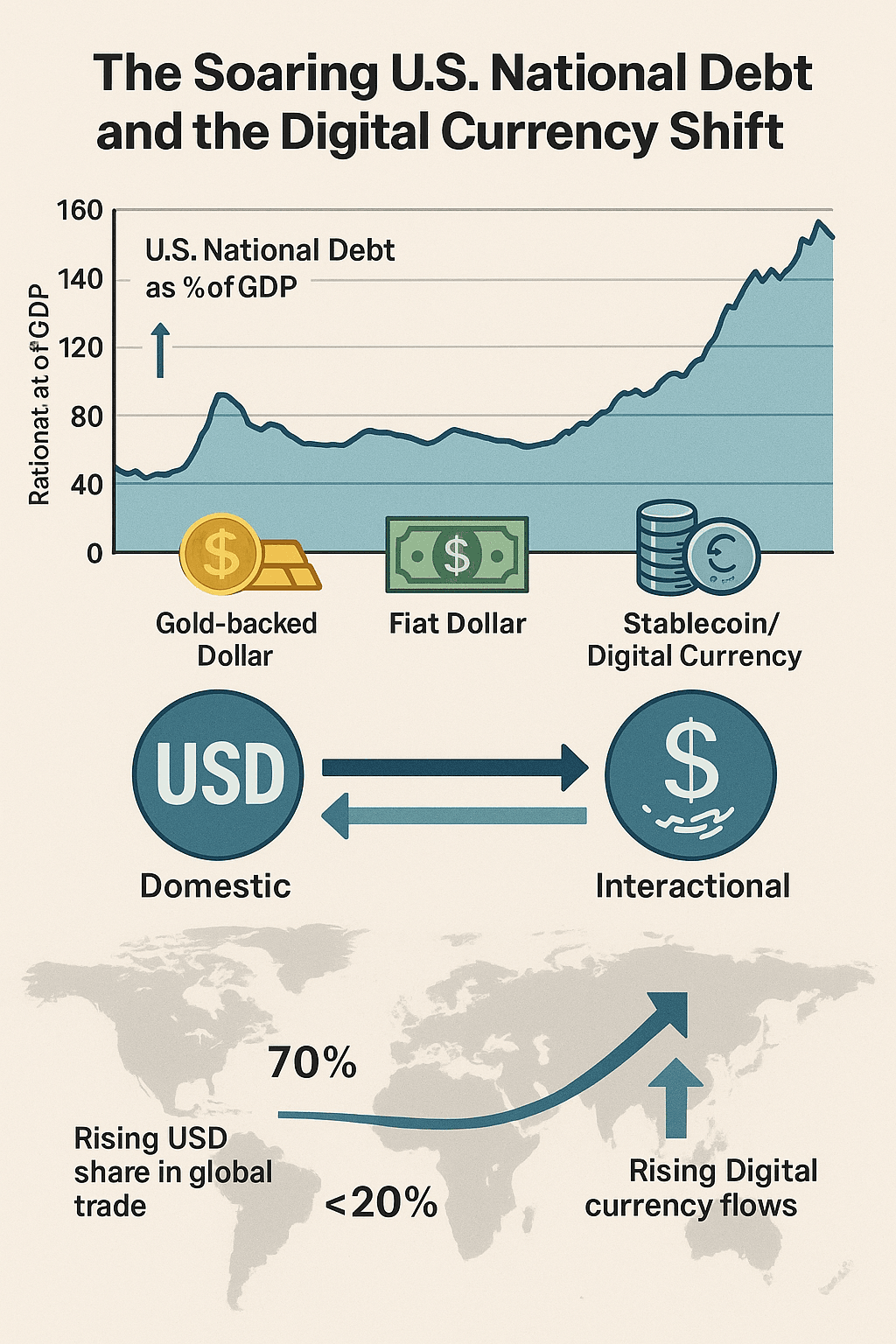How USA Can Get Rid of Its Debt Without Crashing Its Economy?
The United States (USA) currently faces an unprecedented fiscal challenge. The national debt of USA has has soared to historic highs, now hovering around $38 trillion and projected to rise further, casting shadows over the nation’s financial health and long-term economic prosperity. In a decade it would be around 70 Trillion USD. This precariously places USA, the most developed country alongside the bankrupt country like Pakistan.
Conventional policy debates focus largely on tax increases, spending cuts, and economic reforms, but these measures alone may not suffice to prevent fiscal crisis or economic disruption. In fact despite all the large talk, nothing could prevent the debt to rise to 38 trillion from 19 trillion in 2015.
What if there were a different way — a systemic blueprint leveraging monetary evolution and modern financial innovations to reduce debt dramatically without crashing the economy? This article explores a plausible long-term strategy, grounded in monetary history and emerging digital currency frameworks, that could enable the U.S. to slash its debt burden while preserving economic stability. This blueprint integrates traditional monetary history with your hypothetical modern scenario, reflecting how the U.S. could leverage monetary policy, digital currency technology, and market dynamics to address its debt problem without formal default.
From Bretton Woods to Fiat Dollars: The Historical Monetary Bedrock
The origins of America’s monetary predominance are rooted in the Bretton Woods Agreement of 1944. This international system pegged other currencies to the U.S. dollar, which was convertible to gold at $35 per ounce. Backed by the world’s largest gold reserves and a dominant post-war economy, the dollar became the cornerstone of global finance and trade, fostering decades of economic stability and growth.
However, by the late 1960s, persistent U.S. federal deficits and gold outflows strained this system. The tipping point came on August 15, 1971, when President Richard Nixon ended dollar convertibility to gold — the “Nixon Shock.” This executive action transitioned the dollar into a fiat currency, backed solely by U.S. government decree and economic trust. The system shifted to floating exchange rates, and America’s debt began its decades-long growth trajectory.
The Emerging Fiscal Challenge and Limits to Conventional Solutions:
Debt-to-GDP has surpassed 100%
Interest costs are growing rapidly
Traditional tax-and-spend reforms are politically constrained
Economic growth policies offer some relief, but they take years to show impact and cannot, by themselves, reverse a $60 trillion debt scenario. Crucially, all mainstream proposals carry a risk of economic slowdown, political instability, or financial market disruption — outcomes no country wishes to confront head-on.
Historical Examples of getting rid of debts:
After World War II, Germany introduced a new currency, the Deutsche Mark, replacing the Reichsmark, which had become nearly worthless due to hyperinflation and war damages. This currency reform wiped out much of the old debt and inflationary pressures, helping Germany stabilize its economy and set the foundation for rapid postwar growth. However it had huge economic backlash and people suffered immensely. An important lesson to be learnt from this example, is that crash of purchasing power of currency wrecks havoc for economy and people.
The UK also faced currency crises after WWII and undertook devaluations of the pound (notably in 1949 and 1967), but this was part of managing post-war economic adjustment rather than a case of simply “crashing” the currency and repudiating debt to newly independent countries like India. Instead, the UK used managed exchange rates, controls, and restructuring of debts and assets
Slovakia in 1993, successfully abandoned the currency union with the Czech Republic by introducing its own currency. Although the Slovak economy initially struggled, it eventually recovered and later qualified to join the Eurozone. But it was slow phasing out of it’s joint currency with Czech republic.
The Digital Frontier: Stablecoins and the Future of Currency
Bitcoin is here for a longtime and crypto currencies are flourishing. The 2020s have witnessed the rise of stablecoins — official USA backed digital currencies pegged 1:1 to fiat US dollar. Enabling fast, global financial transactions, stablecoins have become pivotal in the evolving monetary landscape. U.S. policymakers responded with regulations such as the GENIUS Act (2025), requiring every stablecoin to be backed by U.S. dollars or Treasury securities. This move cemented their role within America’s financial ecosystem. With adoption growing, the result could be a two-tier currency system:
- USD – Traditional fiat currency for domestic use
- Stablecoin – Digital currency used for international settlements and debt issuance.
Blue Print for debt free future:
1. StableCoins
First step is to convert all existing debt into stablecoins which are linked to USD today. Nobody will object to it. In a decade or so entire USA national debt will be converted to stablecoins. This will accelerate more after second step which is to introduce dual currency system.
2. The Two-Currency System: Segmentation and Economic Shielding
In future it is possible that USA may snap the link between the two currencies and creates a dual currency system. This dual system mirrors the segmentation used by China (CNY/CNH), with an added digital layer. Features include:
- Capital controls and limited convertibility
- Stablecoin becomes dominant in world trade
- US Dollars to be used in domestic market
- De facto separation of domestic and international monetary policy
The separation insulates internal U.S. economic policy while enabling the use of stablecoins to settle foreign obligations and trade, gradually shifting away from the USD in global commerce.
3. The Debt Crescendo and Stablecoin Market Shock
Now consider this hypothetical situation:
- Total U.S. debt reaches $70 trillion, now entirely issued in stablecoins
- World trade in USD (Stablecoin) falls to less than 20%
- The U.S. orchestrates or allows a controlled crash in stablecoin value — a 90% devaluation over one year.
If anybody has doubt about such controlled crash, look at the trajectory of Bitcoin and how it moved from around 67000 to 120,000 in a few months in 2025. This engineered drop in the stablecoin’s exchange value creates a unique opportunity.
4. Debt Unwinding: Opportunistic Buybacks and Wealth Transfer
As stablecoin-denominated debt loses value, the nominal $70 trillion becomes worth just $10 trillion in market terms. U.S. citizens and intermediaries buy the bonds from foreign holders — at pennies on the dollar. Remember the connection or exchange rate between two currency is snapped and both have different market driven value. USD remains fixed as it is no more traded internationally.
The Treasury then repurchases these bonds directly or indirectly, effectively retiring tens of trillions in debt without a declared default.
Winners:
- U.S. citizens who bought cheap Treasury instruments.
- US Businesses who with higher USD and lower Stable Coins would become competitive again.
- The U.S. government, now largely debt-free in real terms.
Losers:
- Foreign creditors, whose assets are devalued 90%
- Global financial systems, which lose confidence in U.S. assets
Effectively, this is a monetary reset. You may call it a scam which started in 1971 by Nixon. It mirrors historical cases of inflationary debt resolution — but enabled by digital instruments and currency segmentation which cushioned domestic economy from the global turmoil. The USA with it’s domestic strength would also emerge taller and stronger after the resent.
5. Recovery: Controlled Stablecoin Revival and Domestic Stimulus
After the debt is repaid and stablecoin liabilities cleared, the U.S. government:
- Reopens stablecoin markets to domestic investors or launches a new stablecoin.
- Relaunches a stronger, regulated stablecoin framework, bblaming old system for the crash
- Uses newfound fiscal space for domestic investments and stimulus
This phase creates a ripple effect:
- Domestic economy is stimulated
- Profiteering citizens reinvest, expanding the economic base
- Global players — bruised but curious — cautiously return
Though trust in U.S. international debt instruments is temporarily diminished, the dollar’s domestic strength and the U.S.’s economic power remain intact.
6. Global Repercussions and Strategic Realignment
The consequences of such a move would be global in scale:
- Other reserve assets gain traction (euro, gold, silver, digital currencies)
- New multilateral financial systems emerge (e.g., BRICS Bank, Digital SDRs)
- American geopolitical reach might temporarily shrink, but domestic control and debt relief offer a powerful rebound narrative
Far from chaotic default, this blueprint would be a form of “controlled collapse and reset” — a one-time restructuring, strategically executed with monetary maturity and digital innovation.
Conclusion: A Road to Zero Debt in the Digital Age
The United States has always adapted its currency system when needed — from gold convertibility to the fiat dollar, and now to programmable digital stablecoins. Remember currency reset has already done by USA, once on 15 August, 1971 when Nixon snapped the link between dollar and gold. Nobody could protest and nobody will protest now as USA is a military superpower as well. Challenge to its currency by dictators like Saddam and Gaddafi was met with military power and crushed successfully.
By engineering a dual-currency system and leveraging the digital transformation of money, the U.S. could resolve its burdensome public debt and open a new chapter of economic expansion and policy flexibility.
Yes, it’s hypothetical. Yes, it would shake the global system. But under the right governance, with cautious planning, it’s a feasible way for the United States to emerge debt-free without crashing its economy and without actually paying it’s debt.
This is a fictional scenario based on emerging technological, monetary, and policy trends. It is intended to foster intellectual dialogue, not to reflect any official roadmap or forecast.
Sources and Further Reading:
- U.S. Treasury Fiscal Data
- IMF World Economic Outlook Reports
- GENIUS Act: Official U.S. Congressional Publication (2025)
- Peterson Foundation: 76 Options for Reducing the Deficit
- Historical Monetary Policy Debates (Nixon Library, Bretton Woods Project)
